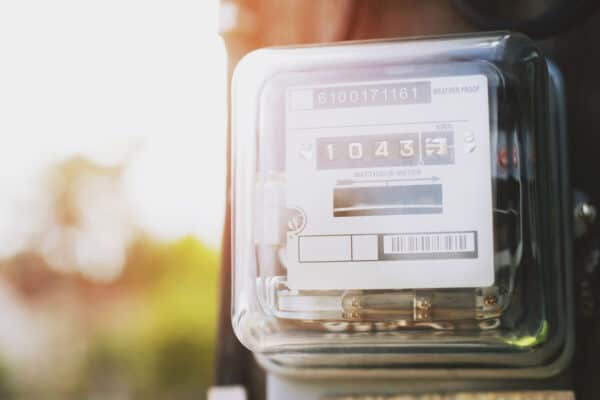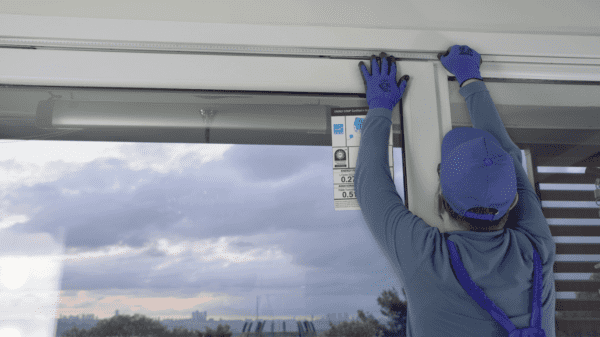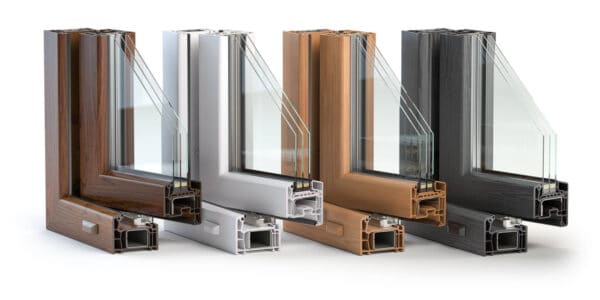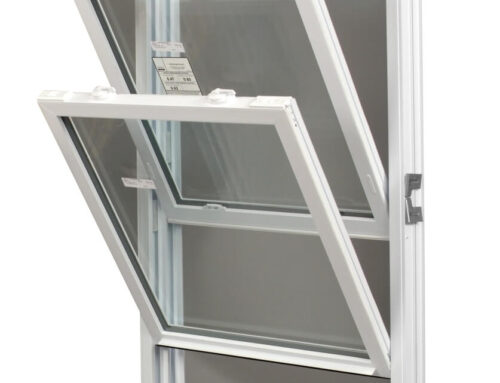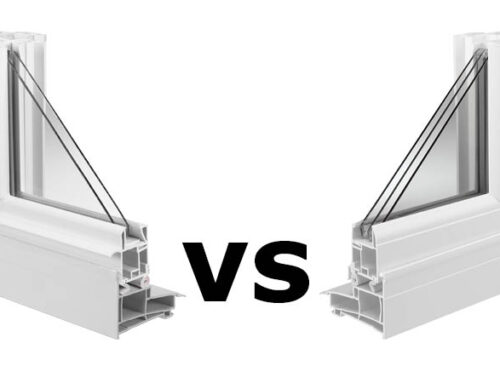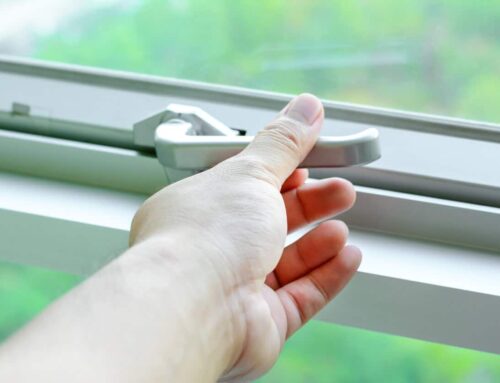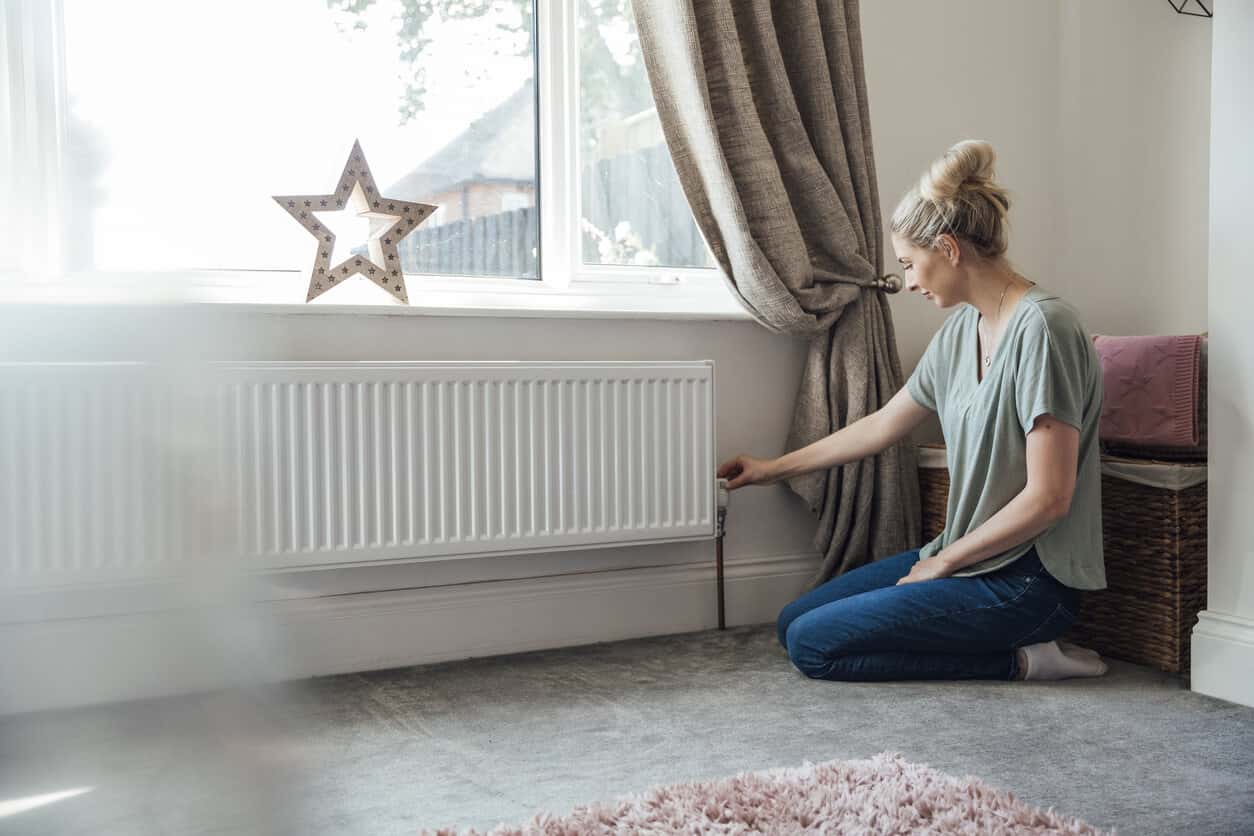
Energy-efficient windows can help you save money on heating and cooling costs.
You have heard this all before, and you may be somewhat hesitant to think that new windows could make that much of a difference to your home’s energy costs. However, consider this fact from the U.S. Department of Energy’s website:
“Heat gain and heat loss through windows are responsible for 25%–30% of residential heating and cooling energy use.” Let that statistic sink in as you consider buying replacement windows for your home.
Contents
Contents
Understanding Window Energy Efficiency
The DOE and other government agencies are interested in decreasing the energy usage of Americans. That’s why labeling systems are designed to help consumers make good choices. Ensure you read the window labels when purchasing replacement windows for your home.
NFRC label
The government sponsors the National Fenestration Rating Council, a nonprofit organization that supports an energy efficiency certification for windows, doors, and skylights. It’s worth noting that NFRC labels don’t rate products as good or bad. Instead, the NFRC labels help homeowners compare various brands’ energy performance and energy-saving features.
- U-Factor:
- The U-value measures how a window keeps heat from escaping the room. A low U-factor (between 0.20 and 1.20) means better insulation.
- Solar Heat Gain Coefficient:
- Solar heat gain coefficient measures resistance against increased heat from solar radiation. Low E coatings (or low emissivity coatings) on the glass help give these windows a desirable score between 0 and 1.
- Visible Transmittance:
- Visible transmittance measures how well a window allows natural light into your space. The good news is that low e-coatings don’t hinder visible light.
- Air Leakage:
- Air leaks can severely decrease a home’s energy efficiency.
Energy Star label
Energy Star ratings take into account the data that is collected from the NFRC. An Energy Star label means that the product has met the strict energy efficiency requirements set by the government.
You probably have seen the Energy Star logo on various products, including refrigerators, furnaces, or any product you would purchase that could substantially affect your energy bills.
In short, if you are interested in energy savings, look for Energy Star windows.
Top Benefits of Energy-Efficient Windows
Homeowners can enjoy a number of advantages by installing energy-efficient windows. Not only do these windows help lower energy bills, but they also improve air quality inside the home, create a more comfortable living environment, and can even increase property value.
Here are some of the benefits that come with energy-efficient windows:
Reduced Energy Consumption
Let’s begin with the most apparent advantage of having energy-efficient windows, minimizing heating and cooling costs. Being key elements of your home’s complete thermal enclosure system, they disrupt different paths of heat transfer.
These windows reflect most of the sun’s infrared light and conduct less energy, which helps to regulate your indoor climate easily.
Improved Home Comfort
When properly installed, energy-efficient replacement windows should be weathertight. This way, they prevent heat loss through convection by sealing the gaps that conditioned air uses to escape your home. In turn, your HVAC system doesn’t have to run more frequently to attain and maintain your desired comfort level.
Excellent Noise Reduction
Replacing your windows can provide excellent noise reduction. Most energy-efficient windows also deliver exceptional acoustic insulation. Energy windows feature more than one pane and are designed to reduce outdoor noise pollution, providing a peaceful space to relax and enjoy life without the stress of everyday noise.
Increased Home Value
Energy-efficient windows can become a selling point if you decide to put your home on the market. Buyers will appreciate energy efficiency and know they won’t have to replace energy-inefficient units anytime soon, increasing the value of your property substantially.
Diminished Condensation
Indoor window condensation often results from having airtight windows. However, some products prevent window condensation despite high humidity levels. Windows filled with argon gas and designed with a warm-edge spacer can keep their surface temperature warm enough to avoid going below the dew point.
Enhanced UV Light Protection
Energy-efficient windows with low-E coatings not only reflect infrared light but also block out ultraviolet radiation, providing enhanced protection for home items against sunburn and fading.
Increased Daylighting
Energy-efficient vinyl windows are designed to deflect the invisible portions of the solar spectrum, resulting in improved natural lighting.
Unlike tinted glass, which bounces sunlight away from the home, energy-efficient windows allow natural light to filter in while reducing heat gain. Together, these features make energy-efficient windows ideal for homeowners looking to maximize daylighting.
Improved View
The panes of energy-efficient window products share the clarity of units with clear glass. Their low-E coatings are so thin you won’t know they exist. As a result, the outside world will look vibrant as it should, even when your windows are closed.
Decreased Maintenance
Energy-efficient windows certified by Energy Star feature frames that are impervious to moisture and retain their finish for longer periods of time than traditional replacement windows. Though they may initially cost slightly more, they provide long-term benefits with minimal maintenance and repair costs.
How to Go Green with Windows in 2023
The right replacement windows can help boost your home’s energy efficiency. And if you’re keen on going green, there are certain features you should look for in new windows.
Low-E Coating
Low-E coatings are designed to prevent heat loss in winter and heat gain in the summer. However, to ensure the effectiveness or optimal performance of your Low-E window, the Low-E coating of your window should be suitable and adequate for the climate in your region. Consult with a contractor to find the best options for your home.
Low-Conductivity Frames
The frame material can also have an impact on the energy efficiency of your window. Aluminum and steel, for example, are generally considered to have poor energy efficiency. Meanwhile, vinyl replacement windows are often recommended because of their energy efficiency. Fiberglass and wood are also good choices.
Multiple Panes
Swapping your old single-pane window for a double-pane window can reduce your heating expenses by around 15%. Triple-pane windows can perform even better, but you may only be able to enjoy the maximum benefits of triple-pane windows if you live in colder climates.
Natural Lighting
Obviously, with natural light to brighten up your home during the day, there is zero to minimal need for you to turn the lights on. This means less dependence on artificial lighting, reduced energy consumption, and lower utility bills.
Considerations While Buying an Energy-Efficient Window
We know your mind is probably spinning with all there is to know about buying energy-efficient windows. But unfortunately, we have only scratched the surface.
For example, you probably have questions about replacing double-pane windows with triple-pane windows. You may also want to know if you should select argon or krypton gas to prevent condensation and improve energy efficiency.
While these are important topics that can affect your energy bill, it’s also worth noting the importance of hiring an expert for your window installation project. Your windows will only perform well when installed properly.
To learn more about energy-efficient window installation, contact Woodbridge Home Solutions today for a free in-home estimate.


